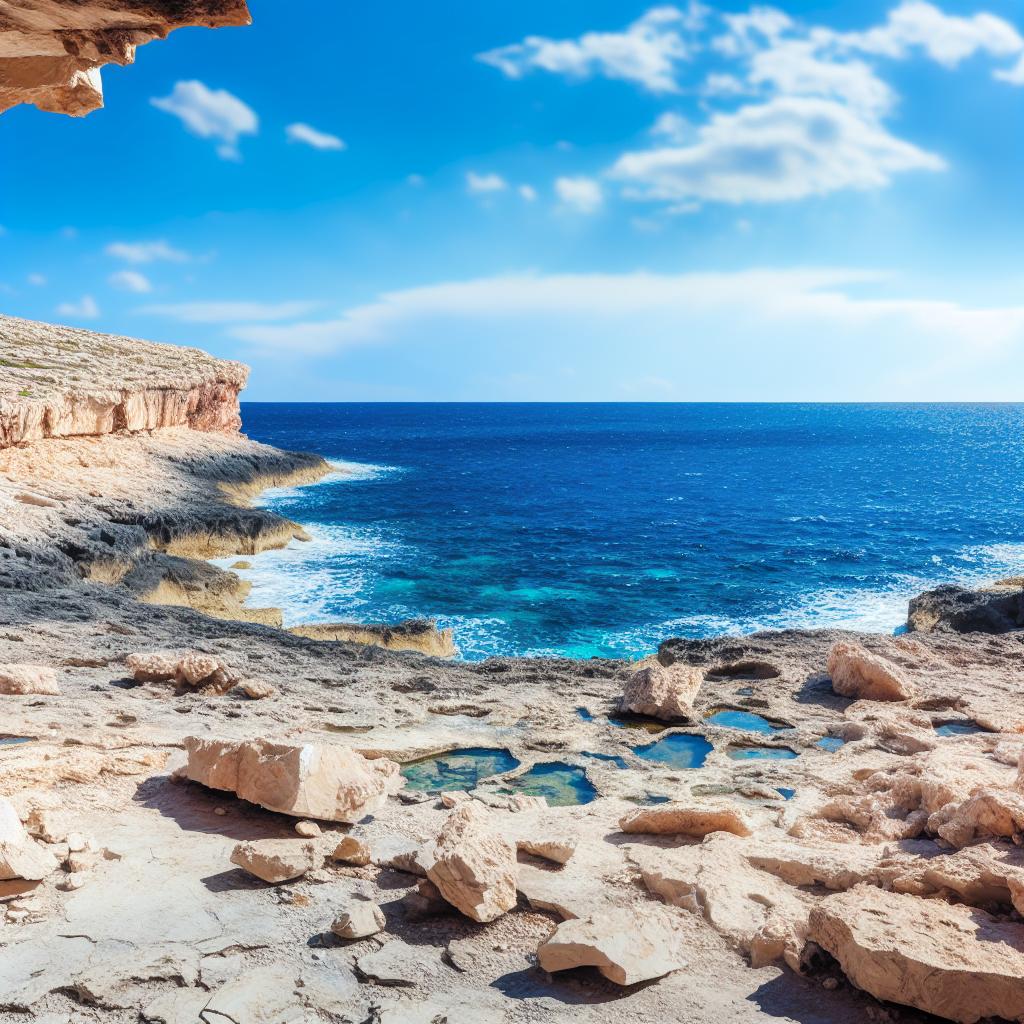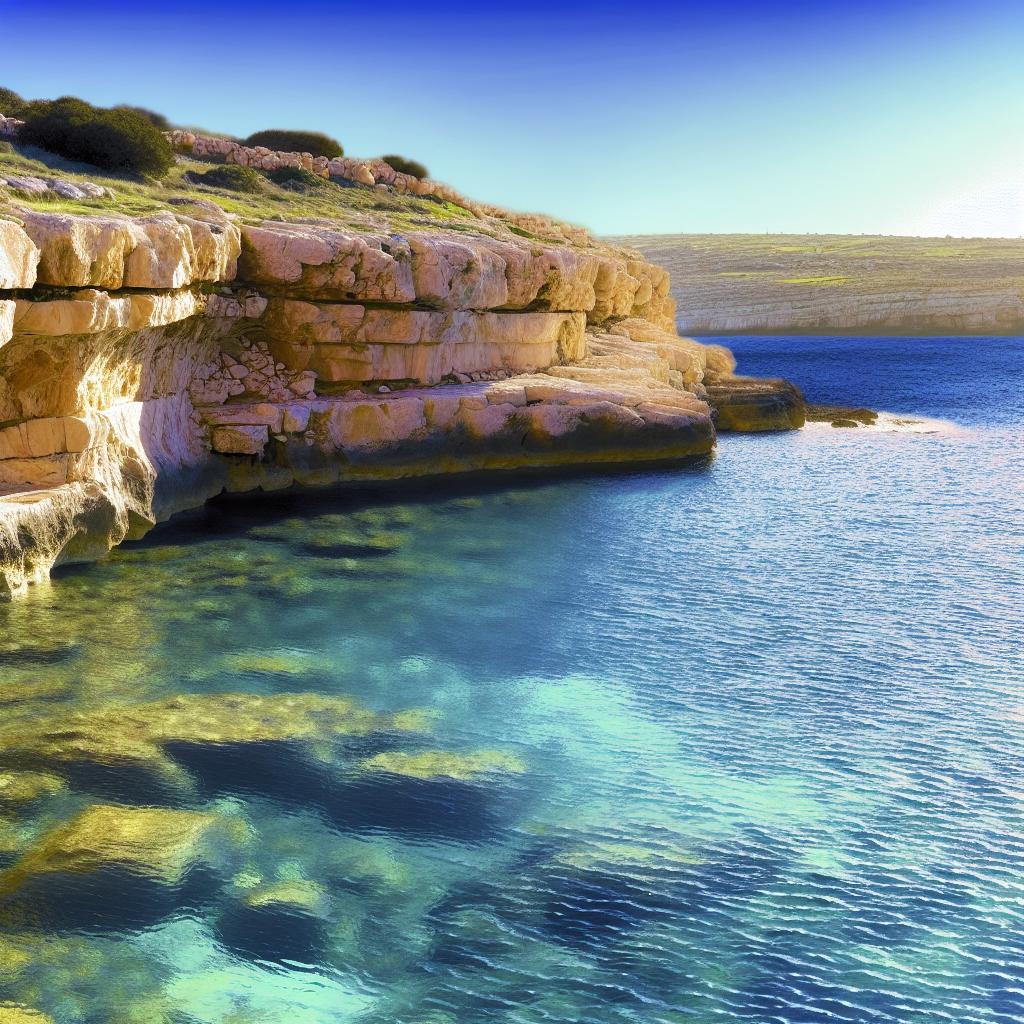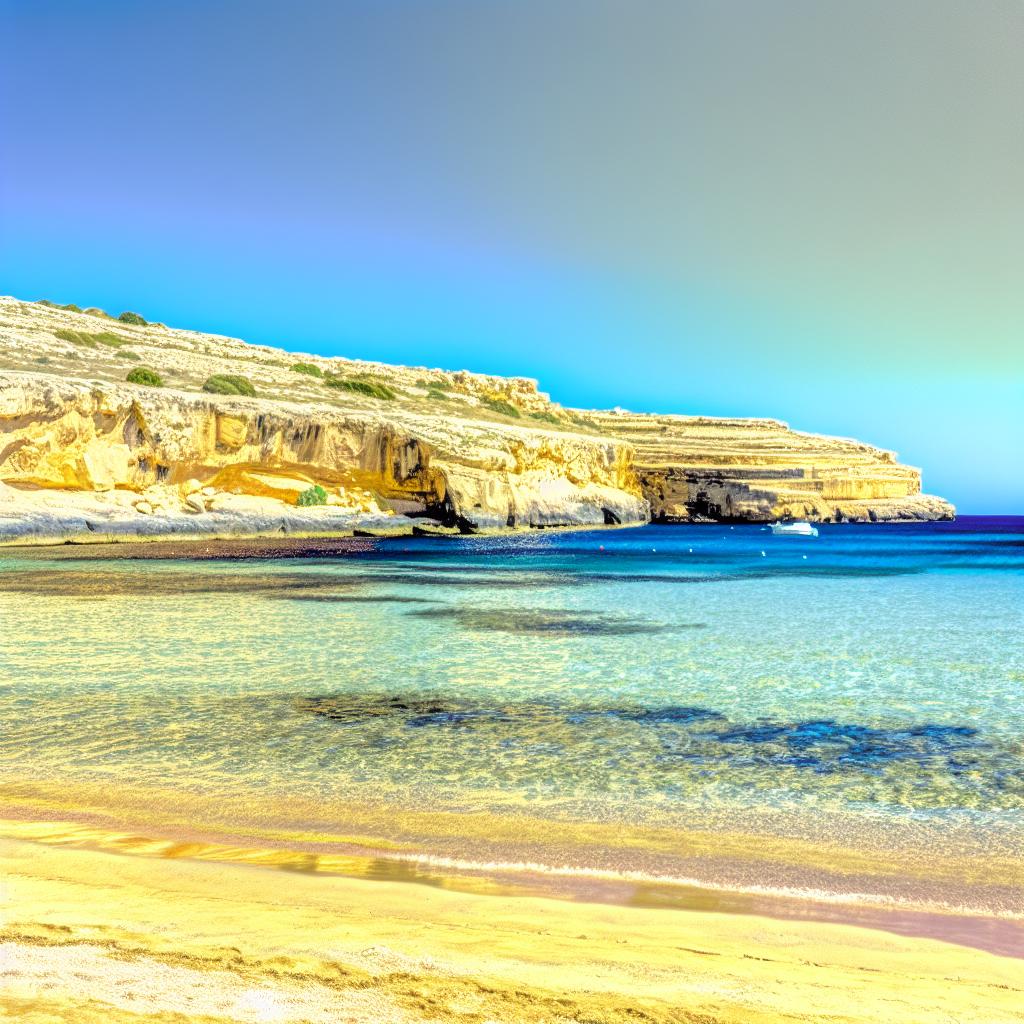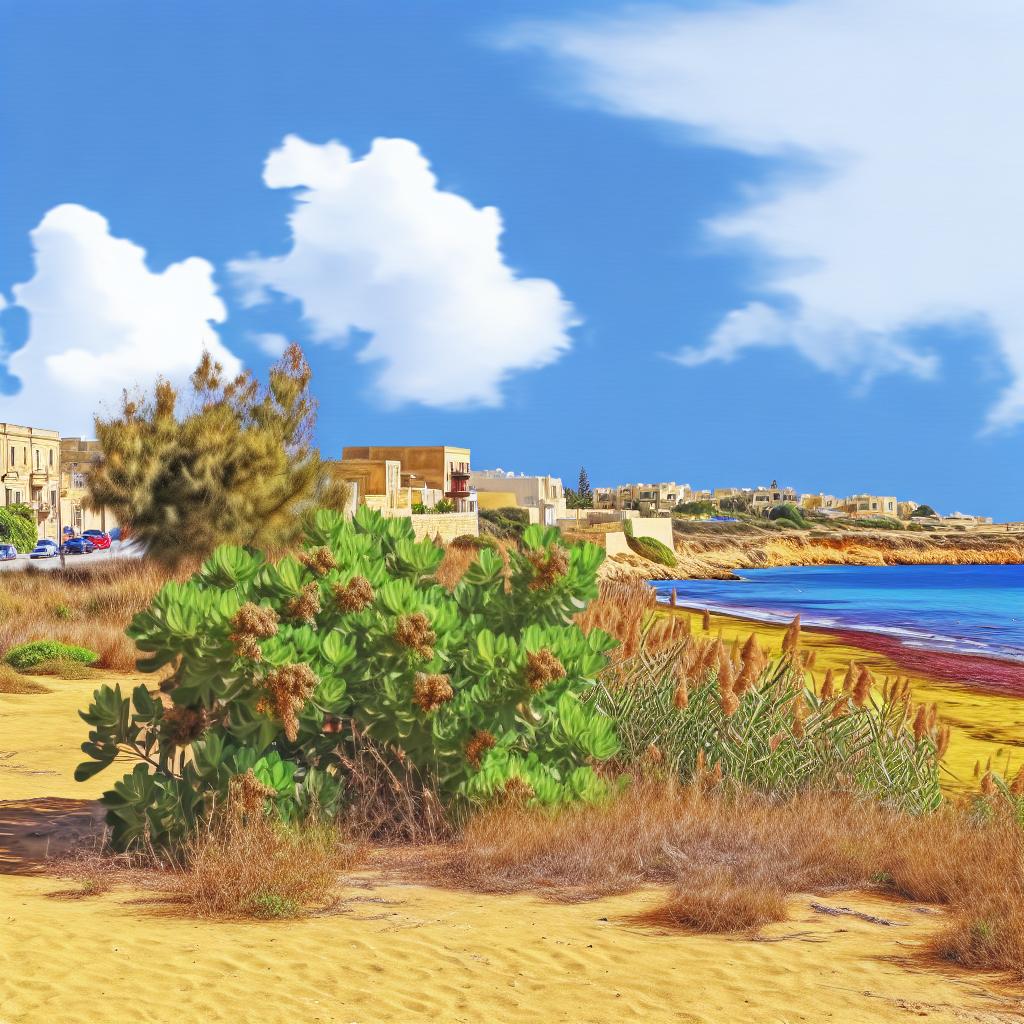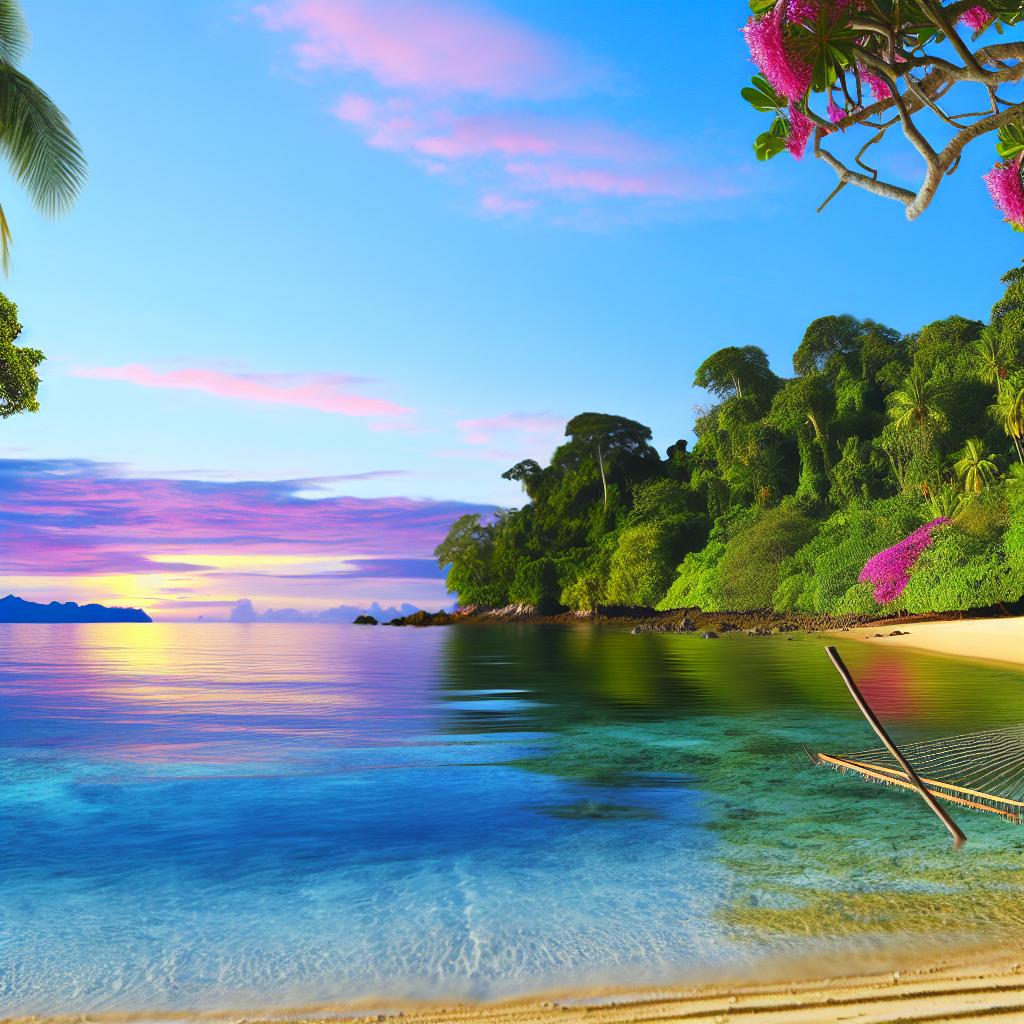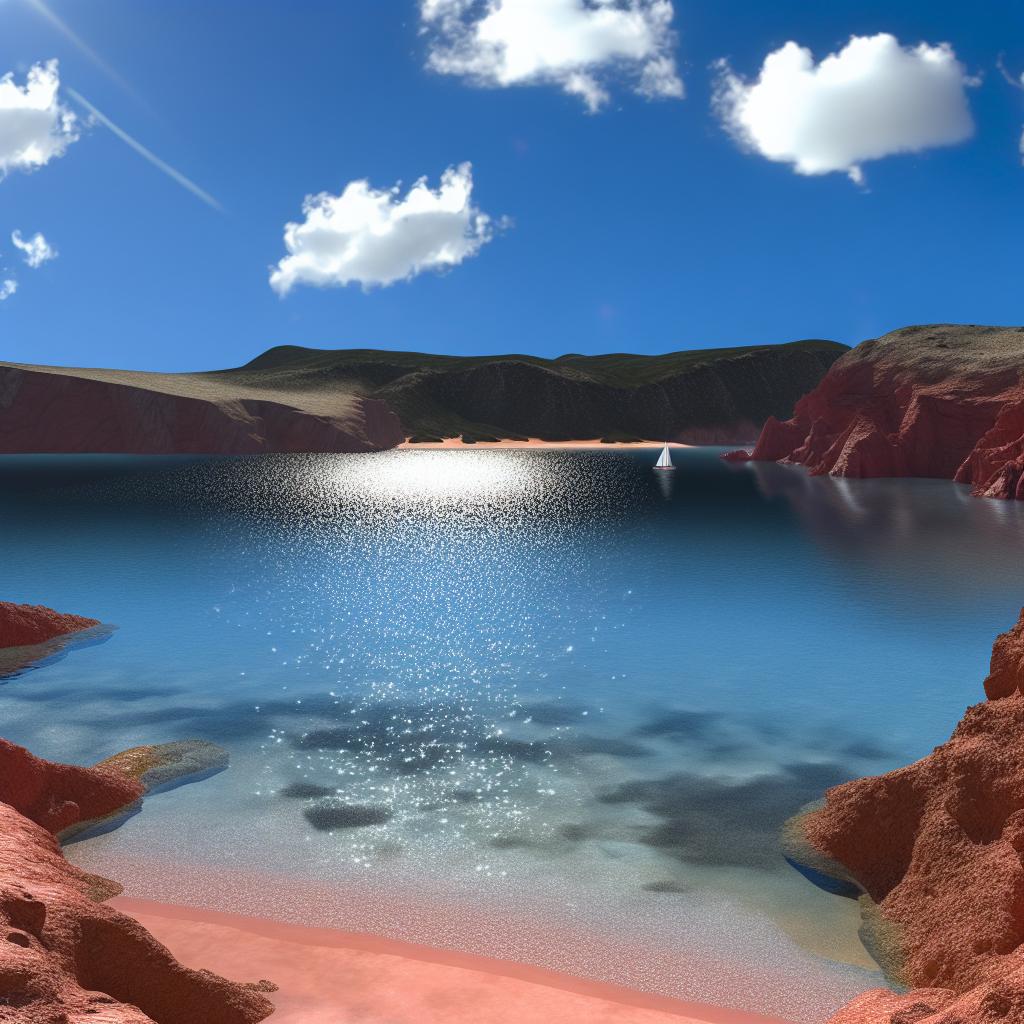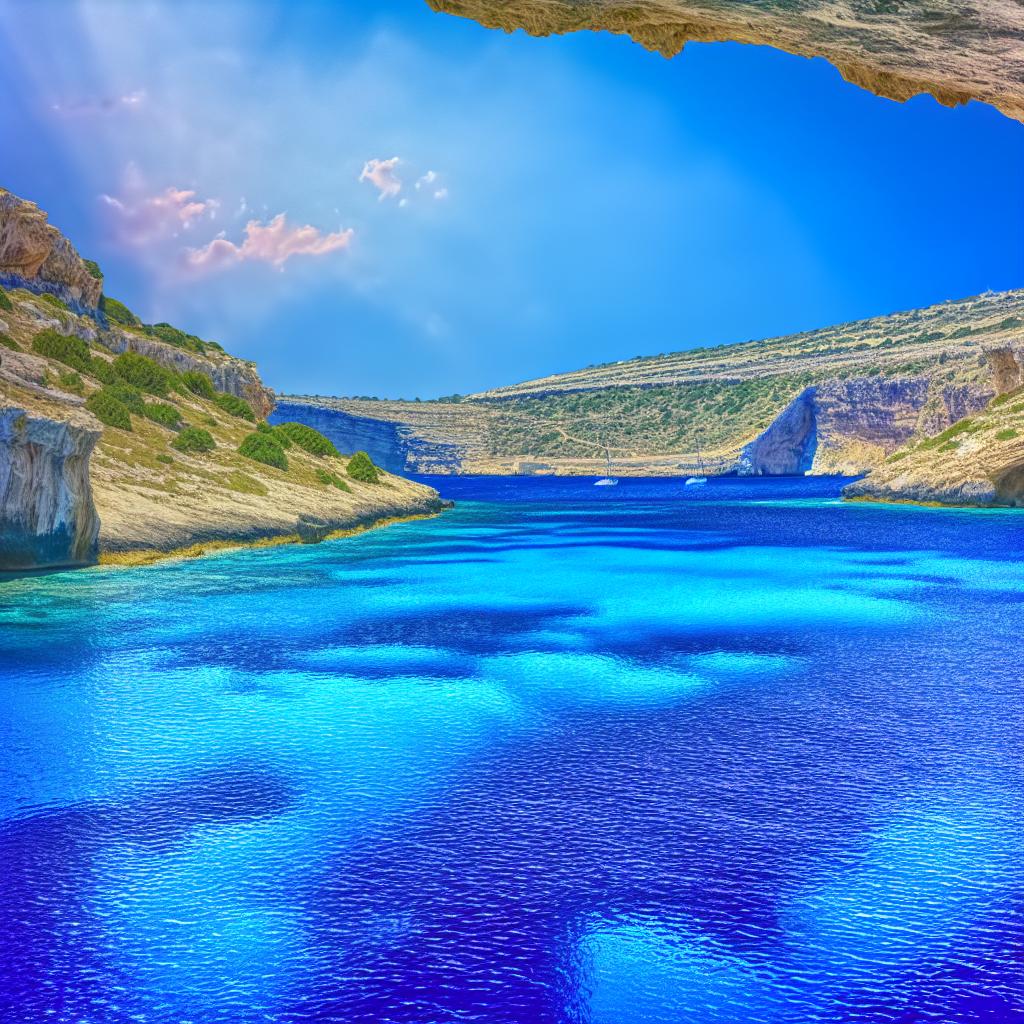Għar Lapsi: A Natural Gem in Malta
Occupying a serene spot on the southwestern coast of Malta, Għar Lapsi is renowned for its stunning natural beauty and the pristine clarity of its waters. Known to be a favored destination for both locals and tourists, this small yet picturesque bay offers numerous unique opportunities for recreation, making it a must-visit location on the island.
Geography and Natural Features
Għar Lapsi is distinguished by its rugged, rocky coastline and striking limestone formations. These characteristics create a captivating landscape that has a rugged charm. The bay itself is relatively sheltered, providing a safe haven for swimmers and snorkelers. Its waters, clear as crystal, invite visitors to explore the underwater world. Beneath the surface, divers will find caves and crevices that serve as habitats for a diverse array of marine creatures. The visibility offered by the clear waters allows those who venture below to fully appreciate the vibrant aquatic life as well as the intricate structures of the underwater landscape.
Activities and Attractions
Snorkeling and Diving: Għar Lapsi has long been a favorite for snorkeling and scuba diving enthusiasts. With fascinating underwater topography and a rich tapestry of marine biodiversity, it offers an exciting experience for those keen on underwater exploration. The natural reef teems with various fish species, providing both novice and experienced divers a chance to observe marine life in its natural habitat.
Swimming and Relaxation: The bay’s secluded and protected nature makes it a perfect spot for swimming. Away from the bustle of more crowded beaches, visitors find tranquility, enjoying the lapping of waves and the serene surroundings. The clear waters offer both a refreshing dip and a meditative atmosphere, ideal for a day of relaxation.
Hiking: For those who prefer terrestrial adventures, the area surrounding Għar Lapsi offers several scenic hiking trails. These trails offer a window into the Maltese countryside and feature expansive views of the coastline. One noteworthy trail extends from Għar Lapsi to the nearby Blue Grotto, a renowned natural attraction that dazzles visitors with its color-shifting waters and stunning rock formations.
Access and Amenities
Travelers can easily reach Għar Lapsi by road, with ample parking available in the vicinity. While the area is not home to large commercial venues, small eateries dot the landscape. These establishments often serve up local Maltese cuisine, providing visitors with an authentic taste of the region. Diners can enjoy their meals in a friendly, relaxed atmosphere, frequently with expansive views of the bay as a backdrop.
Conservation and Environmental Efforts
Preserving the exquisite natural beauty and ecological balance of Għar Lapsi is a priority. Conservation efforts are ongoing to ensure the area remains unspoiled for future visitors. Those who come to Għar Lapsi are encouraged to act responsibly, keeping the area clean by disposing of litter appropriately and respecting local wildlife. Such initiatives are vital in maintaining the area’s pristine environment, ensuring it continues to be a natural haven.
Nearby Attractions
Although Għar Lapsi stands out for its relative seclusion, its proximity to other notable attractions enhances its allure. Close by is the historic village of Siggiewi, where one can experience traditional Maltese life. The village offers cultural insights and a glimpse of the island’s rustic charm. Additionally, just a short drive away lies the ancient temple complex of Hagar Qim. This site is one of Malta’s archaeological treasures, providing visitors with a window into the island’s rich prehistoric past and allowing for exploration of its remarkable megalithic structures.
For those planning a visit to Għar Lapsi and seeking further detailed information or updates on the best ways to explore this natural gem, official tourism websites offer comprehensive guidance and resources for a fulfilling experience. More information can be found on the Visit Malta website.
As you plan your journey to Malta, Għar Lapsi promises to be a highlight. With its breathtaking natural beauty, opportunities for adventure, and serene ambiance, it is a place where you can fully immerse yourself in the unique charm of the Maltese coast while contributing to its preservation for future generations to appreciate.

